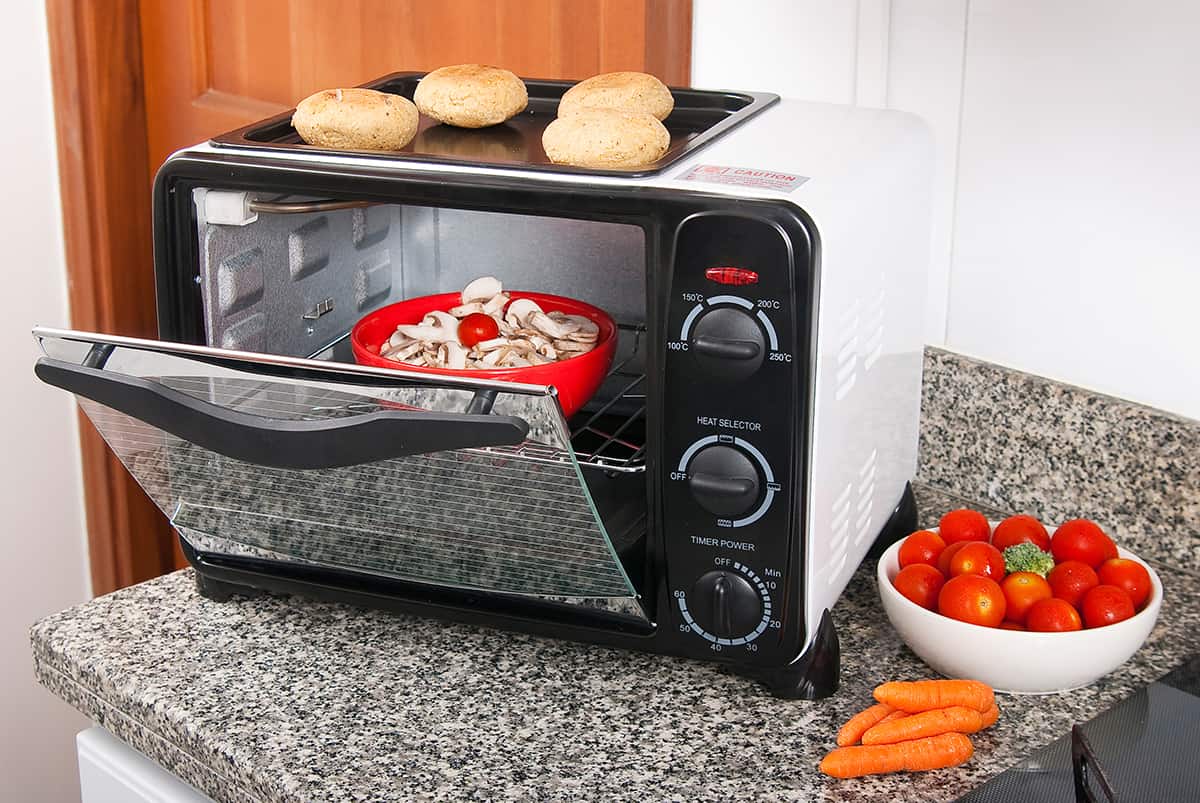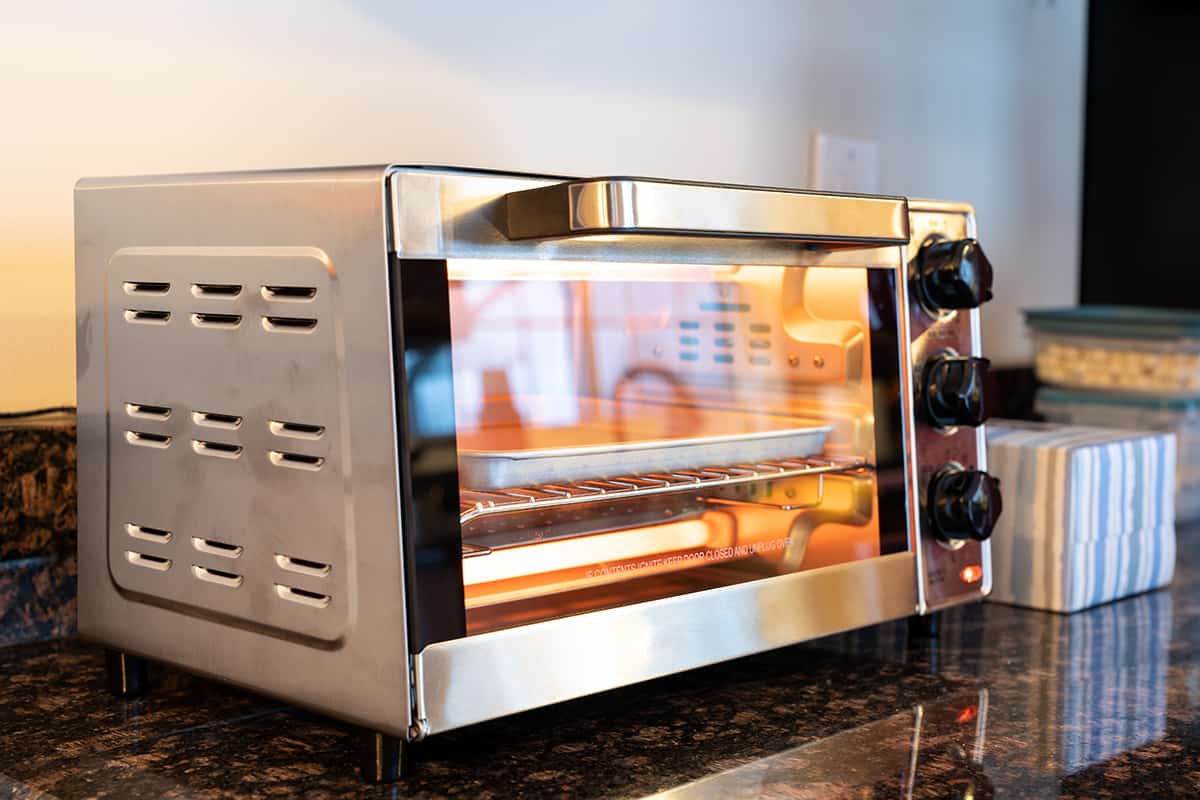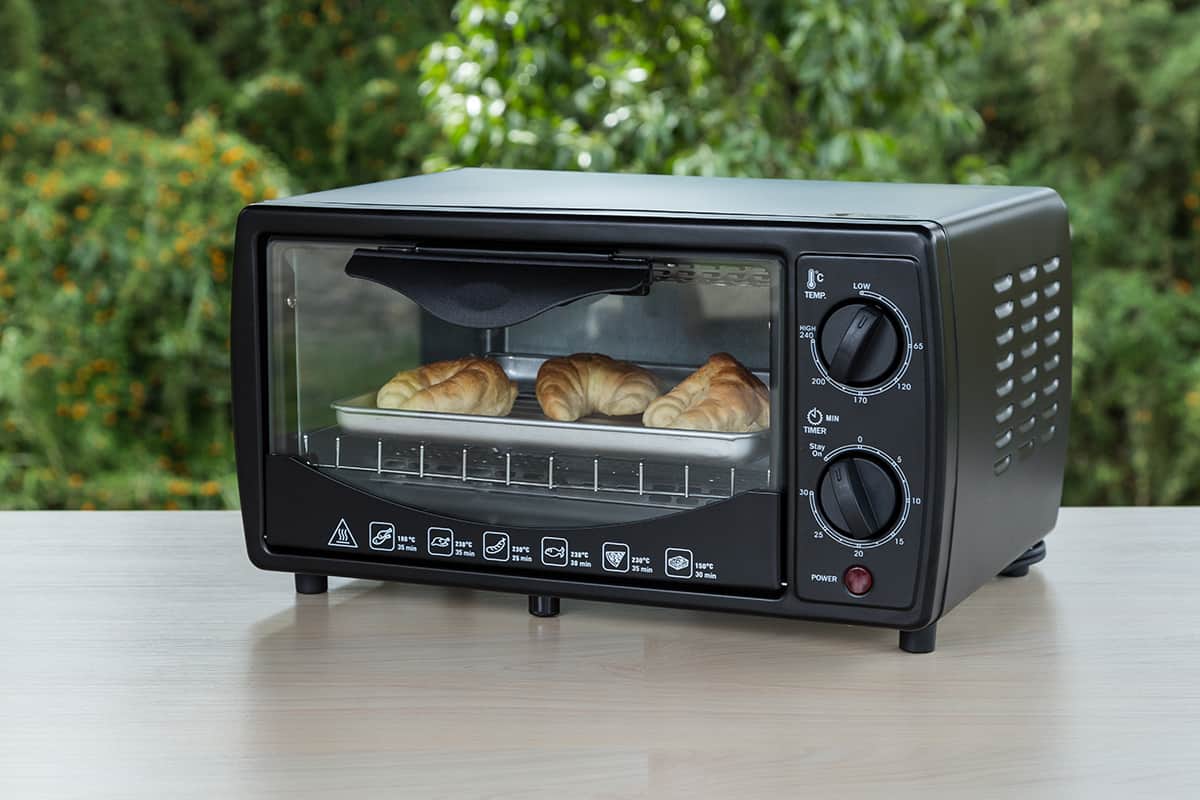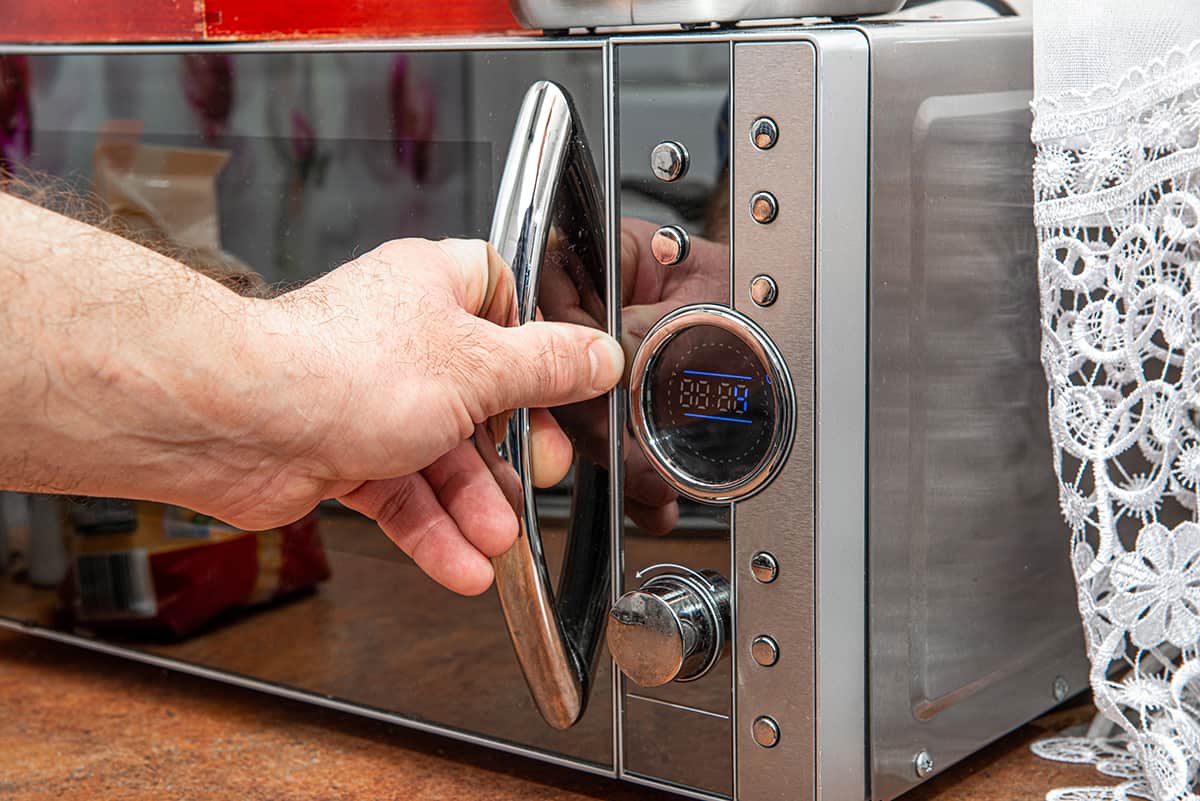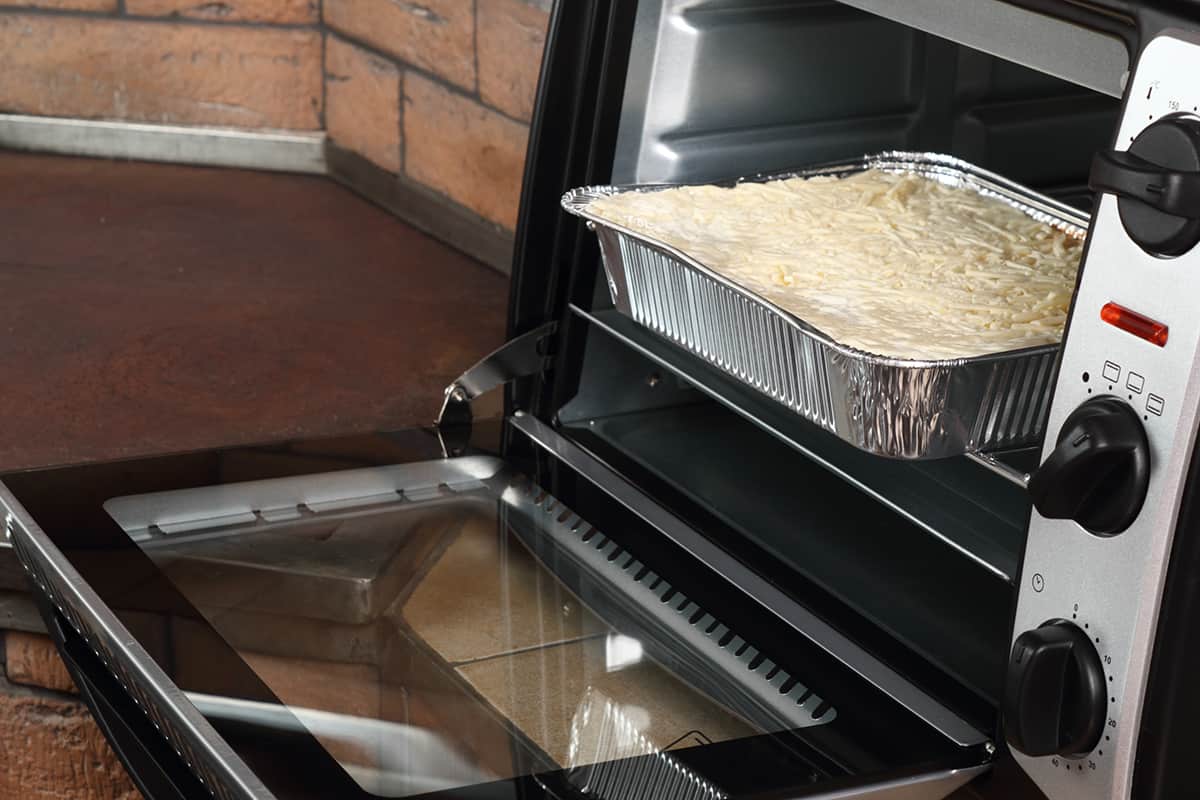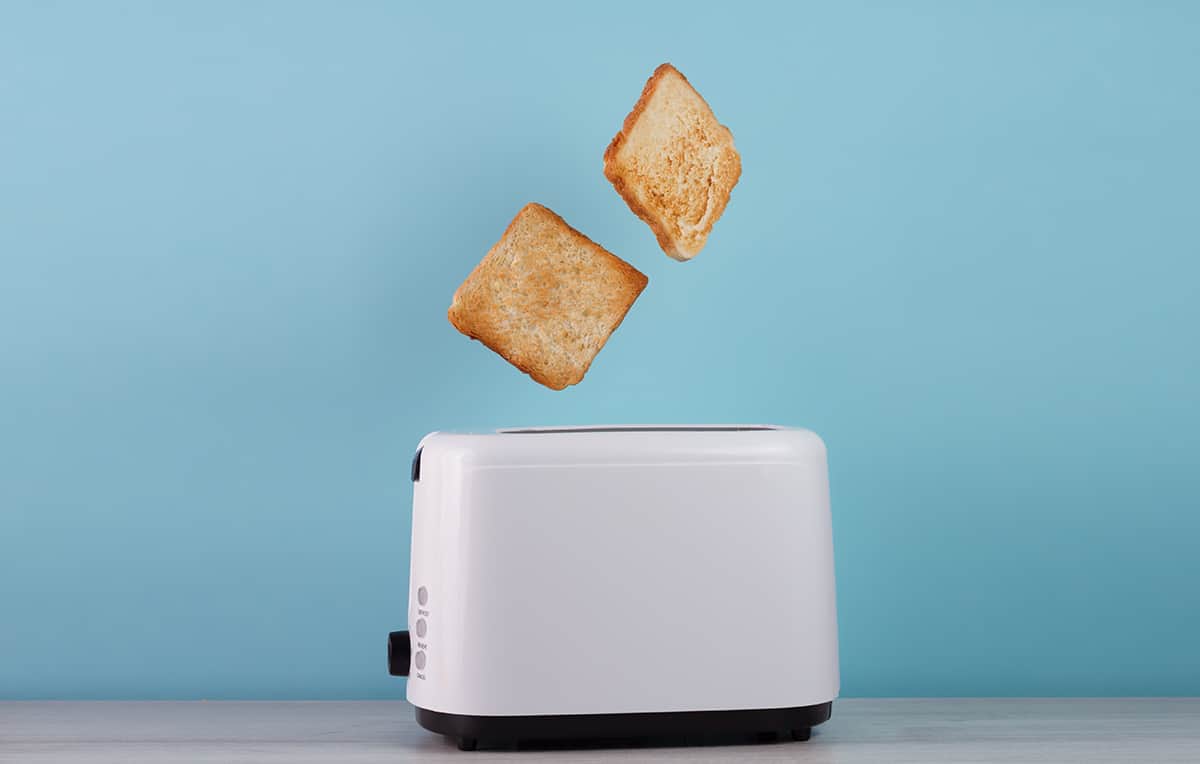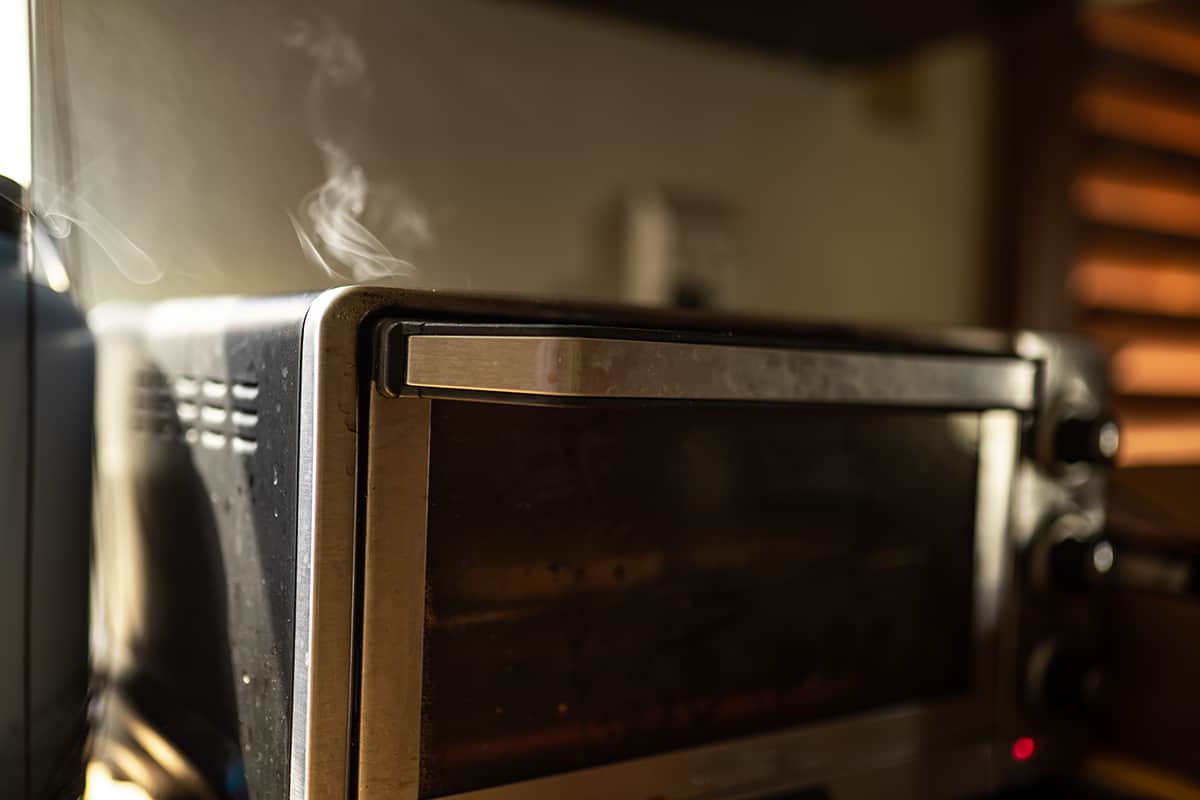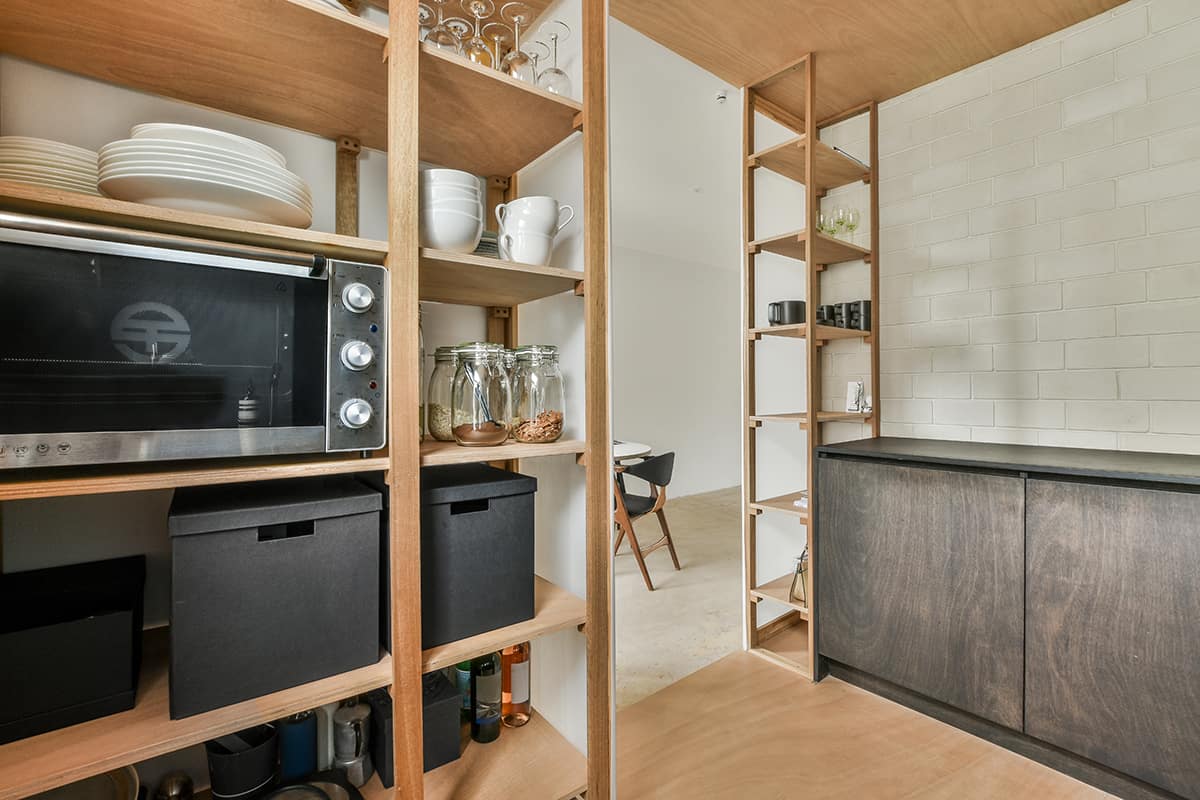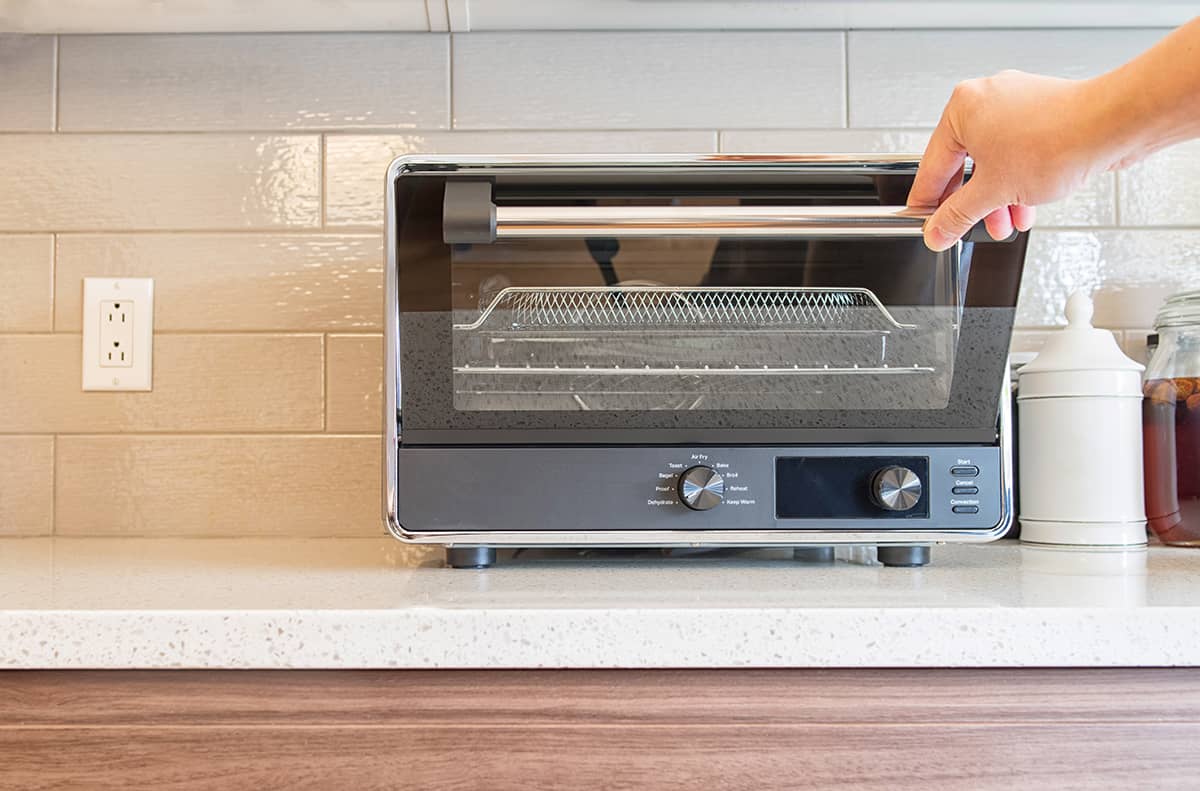As fun as it sounds, putting a toaster on its side is not a good idea due to safety hazards such as the risk of fire and potential damage to the appliance. Alternatives to sideways toasting include using a grill pan or a sandwich maker.
Yes, you can put things on top of a toaster oven, but be careful. Only use heat-resistant materials like silicone, metal, or ceramic. Avoid flammable items like paper or cloth, and temperature-sensitive things like plastic or electronics.
Toaster ovens range from 0.3 to 1 cubic foot. The physical dimensions are around 15 to 28 inches wide, 8 to 15 inches tall, and 10 to 18 inches deep.
A toaster oven uses around 1,200 to 1,800 watts of power. The amount of energy it consumes depends on the model, size, and cooking mode.
Toaster ovens are convenient and versatile appliances that can be used for a variety of cooking tasks. They offer a great alternative to traditional ovens, especially when cooking for small groups or when you need to cook something quickly. However, with so many different settings and functions, it can be confusing to know which one to use for different types of food.
After unboxing your toaster oven and plugging it in for the first time, you should deep-clean the inside to get rid of manufacturing residue. After that, place it in a spot in your kitchen to give it at least 4 inches of clearance on all sides.
Yes, you can safely put aluminum foil in a toaster oven. This is a helpful way for catching crumbs and keeping the appliance cleaner after each use. Just make sure the foil isn’t too close to the toaster oven’s heating coils.
If you’re trying to make toast and your toaster lever won’t stay down, it can be frustrating. You might find yourself standing there, holding down the lever, waiting for your toast to cook. Or worse, your toast might not cook evenly, leaving you with a disappointing breakfast.
One common issue that people don’t expect, is that most toaster ovens can get very hot on the outside during use. This means you should keep the appliance a safe distance away from other objects, and avoid touching the exterior of the oven when it’s switched on.
There are a number of different types of toaster ovens available, and the type which will be best suited to you and your family will depend on what you intend to use it for, and your personal situation and preferences. Extra features that some toaster ovens offer include a convection setting, a digital control pad, and a cool-touch exterior.
Toaster ovens are essentially small versions of your main kitchen oven, and they are great for cooking small meals to save you from using your big oven. One of the biggest drawbacks of the toaster oven is that it takes up valuable countertop space.
There are a number of products that can be used as a counter protector for a toaster oven, including baking trays, cookie sheets, silicone sheets, trivets, hot pads, or even just a few layers of aluminum foil if you’re on a tight budget. Here we explore how to protect kitchen counters for toaster ovens.

